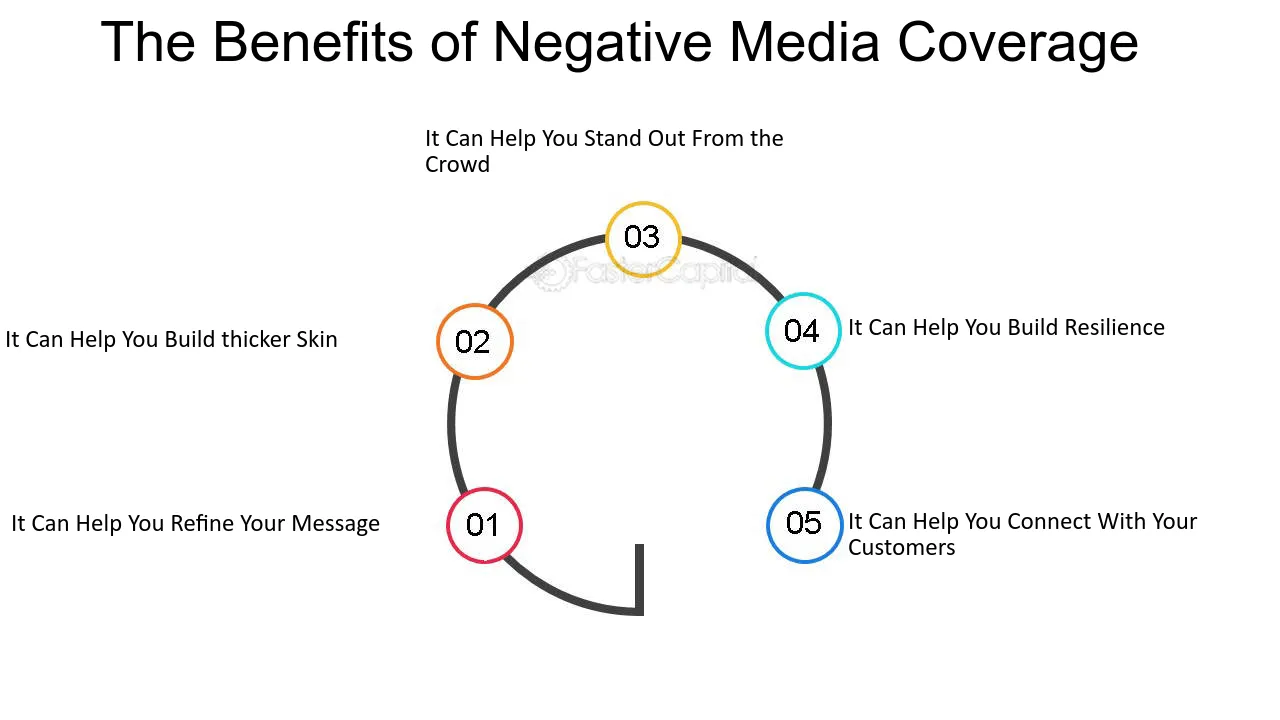Five top tips for handling negative media coverage – Page 2 of 2 – StartupSmart
3. Issue a response
According to Macdermott, it is always better to respond to bad reviews rather than not respond.
However, she encourages start-ups to keep their response short and to the point – whilst including as many facts as possible – but to leave the emotions out.
“I had a client just last week who wrote a two-page column in an engineering magazine,” she says.
“Two months later, a letter to the editor was published in the same publication, indicating that there were some errors of fact in the piece.”
“Whilst the letter to the editor person was in fact wrong, I recommended writing a short, one-line response back to the editor indicating as such, and providing a link to the client’s website where more information could be sought to clarify the point.”
4. Get creative
Wardell recommends getting in touch with the author of the offending article and sending them a follow-up piece.
In the case of mmMule, Wardell says the piece could be “something equally tongue-in-cheek”.
“If you do it right – it keeps the same tone and is funny as hell – it’ll get published. And you’ll get twice as much publicity and the opportunity to put the record straight,” Wardell says.
5. Wrap it up
Macdermott says while it’s important to respond to any bad reviews when they first pop up, it’s equally important to do it swiftly and then move on.
“I have the view that the response should be within 24 to 48 hours,” she says.
“If the business hasn’t had enough time to rectify the wrong, then at least acknowledge the issue, make note that it is a work in progress, and offer contact details for further questions.”

